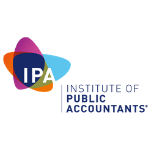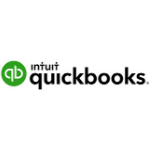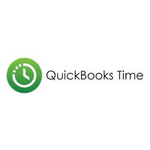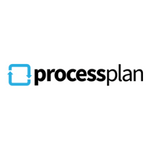Plain English guide to profit and loss
When you’re in control of your profit and loss (P&L), you have a tighter hold on the reins of your profitability. Read our Plain English guide to P&L and learn how to boost your profits.
Here's our Plain English guide to profit and loss and what this report reveals about your finances.
What is profit and loss?
Your profit and loss statement is commonly called your ‘P&L’. It’s also sometimes referred to as your income statement or statement of earnings.
Your P&L is a breakdown of your company’s revenue (money coming into the company as sales and other income) and your expenditure (direct costs, overheads, expenses and other costs).
As a business, you obviously want to turn a profit and make money. Keeping a close eye on your P&L allows you to track your revenues and expenses over a set period, and look for ways to boost your profitability as a business.
How does profit and loss affect your business?
Being in control of your financial management is hugely important for any business. Your P&L is one of the main ways to track and analyse this financial performance.
To manage your P&L effectively, it’s important to focus on:
- Revenue management – to keep your revenue (income) healthy, you need to be proactive about generating sales and monitoring your revenue streams. This helps keep your income steady and stable, while also identifying areas for growth and improvement.
- Expense control – tracking and monitoring your operating expenses helps you spot where spending efficiencies could be made. Whether it’s overhead costs or inventory overspending, your P&L helps you spot unnecessary costs and boost profits.
- Cost analysis – analysing your business costs can help you spot the opportunities for saving money. Whether it’s agreeing a discount for buying in bulk, or switching to a new supplier with cheaper rates, there are plenty of ways to cut costs and be more profitable.
- Monitoring gross margin – reviewing the company’s gross margins helps you assess the profitability of each product or service. By pushing up prices, or cutting your production costs, you can boost those margins to drive up profits.
- Financial reporting – preparing regular profit and loss statements is key to good financial management. Reviewing your P&L helps you assess the overall financial performance of the company and make better-informed decisions.
How can our firm help you with managing your P&L?
When you’re in control of your P&L, you have a tighter hold on the reins of your profitability.
As your adviser, we’ll help you run regular P&L reports as part of a monthly or quarterly package of management information. We can help you track, review and analyse your revenue and expenses to spot the best opportunities for boosting the company’s profits.
If you’d like to know more about the impact of profit and loss, we’ll be happy to explain.
Get in touch to chat about managing your P&L.















